The future of the Kalaupapa settlement on Moloka’i is looking bleak; only seven patients remain in the settlement, and ten are on O’ahu for hospitalization. The rest of the population consists of state and federal workers.
The youngest patient is 76, and the oldest is 90+, though the exact year of her birth is not known with certainty. Although the area is currently a national park, there have been various offers to buy it once the last of the patients dies.
The problem with that, Kamehameha Maui Kahu Kalani Wong said, is that there would be so many concerns involved in making that decision–including the United States government, Native Hawaiian groups, friends and family of the patients and the state of Hawai’i–that the land is really nobody’s property to sell.
Some of the residents are not fond of Kalaupapa remaining a national park after they are gone either. They have concerns about the number of foreigners who may arrive to occupy and/or develop the area and expressed many times that they want young Hawaiians to “take care” of the settlement.
Patient Ivy Kahilihiwa said that keeping Kalaupapa a national park is a way for the “white men” to slowly move in to the place and take over.
Patient Edwin Lelepali, the caretaker of the group at Kalaupapa, is nervous for the future. “There aren’t many of us left, and it’s up to you guys [the students] to make sure people take care of it like we have been doing,” Lelepali said.
Nine students from all three Kamehameha campuses spent five days on a mission at Kalaupapa on Molokaʻi. Kylie Yamada (’12), Jessie Hozaki (’12), Nicole Ka’auamo (’12), Riley Shiraishi (’13), and Corey Tanaka (’12) from Maui, seniors Kiki Roman and Elias Hester from Kapālama, and seniors Kelsye Curry and Micah Kealaiki from Keaʻau not only helped to clean the place up, but learned much of the history and how to go about protecting it.
The group worked on two of the residents’ houses and the church at the Kalaupapa settlement. When all yard work was complete, there was a total of 62 trash bags along with piles of larger rubbish.
Throughout the trip, Kahu Wong emphasized to the youth how important it is to understand the history of the settlement and know how to protect it.
“I want to bring many people here so it has more people on its side,” he said.
From the outside, the period of isolation for Hansen’s Disease patients is seen as a time of sadness. Curator of the cultural archival museum Ms. Kelly Marks sees it as a time of triumph because though the patients were ostracized, she feels they still had a full life, which included a baseball team, a band, and a boy scout troop.
However, she emphasized the importance of learning all there is to learn about Kalaupapa and its history.
“We are living in a historical time where we can take an artifact like an old trophy to someone like Uncle [Lele] Pali and say, ‘Hey, can you tell me about this championship softball team?’ We should ask them while we still can,” Marks said.
Maui student Hozaki said that traveling to Kalaupapa was like “stepping back in time to a place where civilization hadn’t hit yet.” What she learned here she could never learn in books, she said. All of the other students instantly agreed that their perception of what Hawaiʻi is was changed in those five short days.
For this writer, the trip was a spiritual and mental cleansing. I, along with Hozaki and Roman, got the opportunity to relate to the history on a personal level. We got the opportunity to see family members that no other family members have seen since they were sent to the peninsula.
I felt drawn to this place, like I had a purpose for being there. While waiting for the other students at the airport, I discovered that I have an aunt who is buried there. Many of my family members were not aware that she had passed away.
For me, finding a personal connection on the close, yet distant, shores, made me feel so much more obligated to help protect this place and use my experience to help other people feel the same.

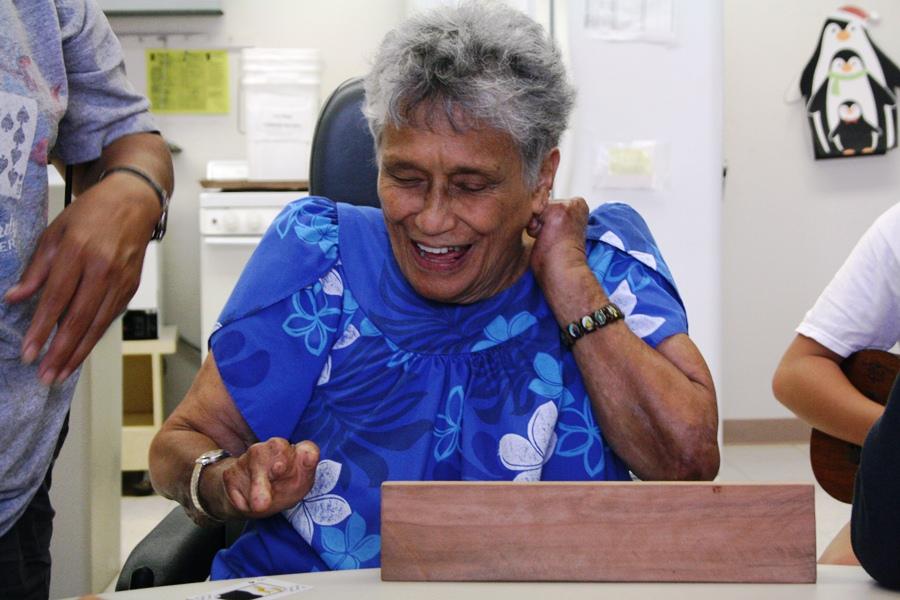
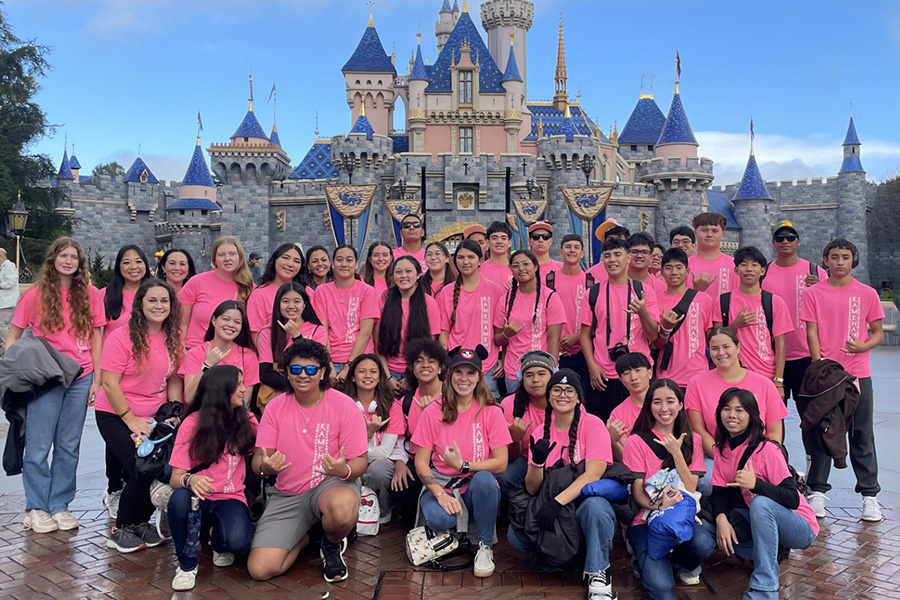
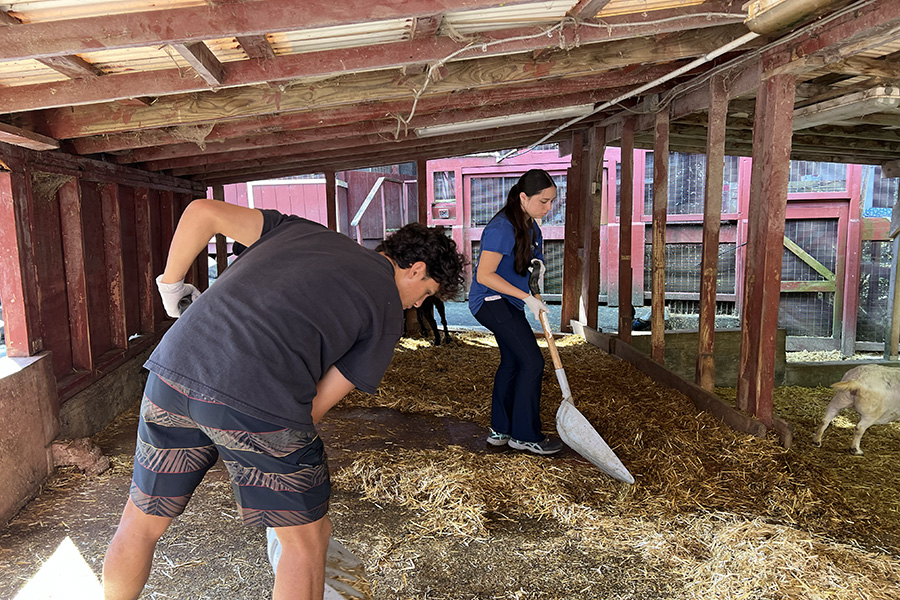
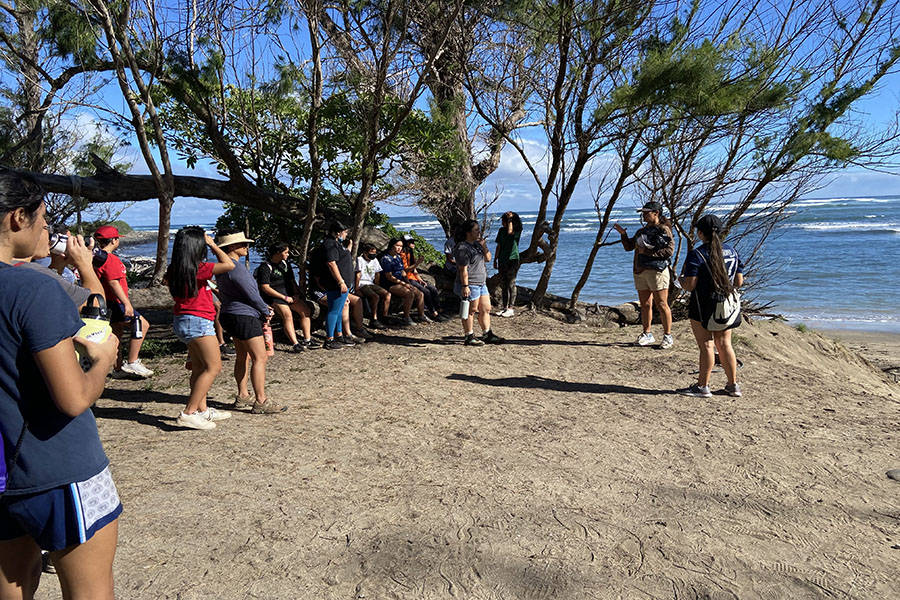

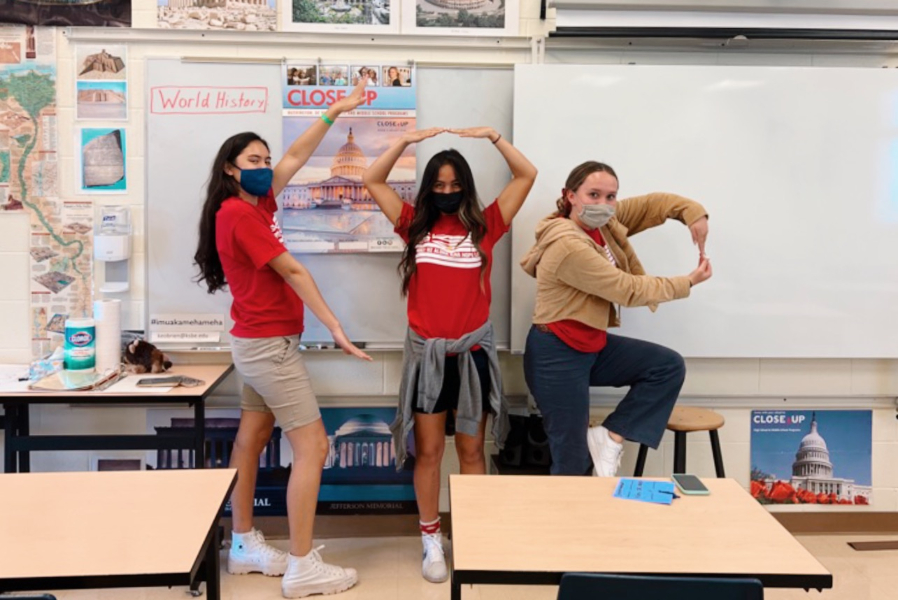
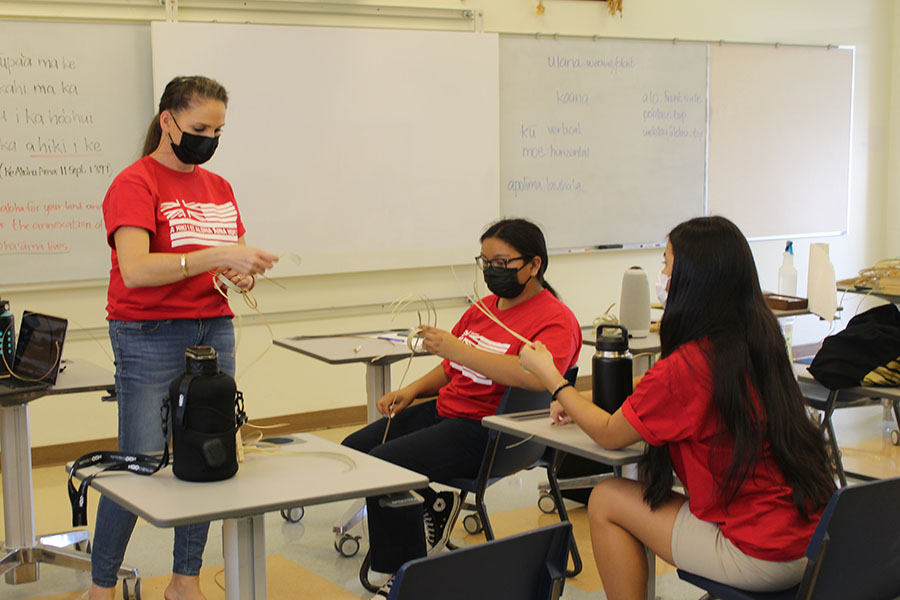






Amanda • Oct 14, 2011 at 9:01 am
This article is very well-written and captures the essence not only of Kalaupapa, but the importance it has for Hawaiian culture and the people who have spent their lives there. It was a very enjoyable article: props to Nicole.